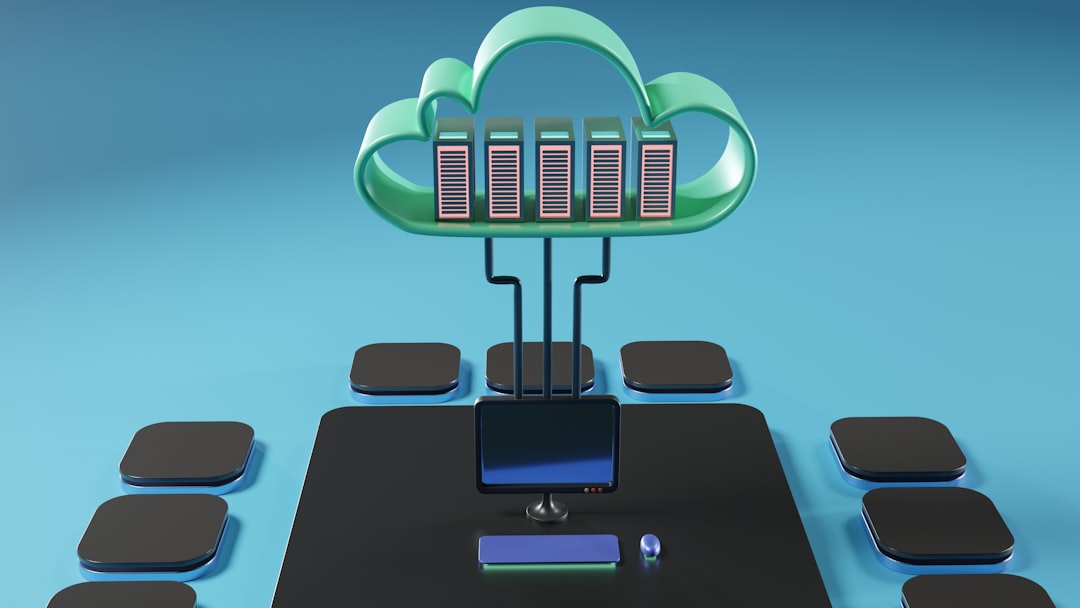When browsing the internet or managing a website, users and administrators alike may run into the ever-frustrating message: “500 Internal Server Error.” This message is one of many generic server errors that can plague websites and services. These errors offer little detail at first glance, leaving people wondering what went wrong and how to fix it. However, understanding the root causes and solutions behind generic server errors can help one diagnose problems quickly and maintain smoother online experiences.
What Are Generic Server Errors?
Generic server errors refer to server-side issues that prevent a server from fulfilling a valid request. They usually manifest as status codes in the 5xx range of the HTTP status code family. Among these, the most common is the 500 Internal Server Error, but others include:
- 502 Bad Gateway – Indicates a server acting as a gateway or proxy received an invalid response.
- 503 Service Unavailable – Signals that the server is temporarily unavailable, possibly due to overload or maintenance.
- 504 Gateway Timeout – Occurs when a server acting as a gateway or proxy doesn’t get a timely response.
Each of these codes represents a different underlying issue, and differentiating them can significantly aid troubleshooting.

Common Causes of Generic Server Errors
While specific circumstances may vary, several issues frequently cause generic server errors:
- Server misconfiguration – Faulty setups in .htaccess files, server permissions, or misapplied server rules can trigger 500-series errors.
- Script or code errors – Bugs in server-side scripts like PHP or Python can push the server into an error state.
- Exceeded resources – Heavy traffic, memory limits, CPU spikes, or insufficient bandwidth can overwhelm the server.
- Third-party plugin conflicts – Particularly on CMS platforms like WordPress, incompatible plugins can create conflicts leading to server failure.
- Database issues – A crashed, unresponsive, or corrupt database can result in server errors and halt functionality.
How to Fix Generic Server Errors
Resolving server errors requires a blend of technical insight, diagnostic tools, and step-by-step testing. Here are practical methods for identifying and fixing these issues:
1. Check Server Logs
Most web servers maintain error logs that provide specific details about the error. Hosting dashboards or command-line access can direct administrators to logs that help pinpoint problems.
2. Turn On Full Error Reporting
Enable detailed error messages in server configuration or script files. For example, in PHP, turning on display_errors and setting error_reporting(E_ALL); can offer clues.
3. Review Recent Changes
Whether it’s an update to server software, a new plugin, or code pushed to production, review recent changes to isolate the trigger.
4. Disable Plugins and Themes (for CMS Platforms)
Temporarily disable plugins, themes, or extensions. Reload the site after each deactivation to identify what causes the crash.
5. Restore from Backup
If all else fails and no solution is in sight, restoring a stable backup can be a lifeline to bring services back online quickly.

Preventing Future Server Errors
While not all errors are avoidable, a few best practices can significantly reduce their frequency:
- Maintain regular backups.
- Test updates in a staging environment before deploying to live servers.
- Limit unnecessary plugins or scripts.
- Monitor server health and uptime.
- Set proper file and folder permissions (typically 644 for files, 755 for directories).
Conclusion
Generic server errors can be disruptive, but they don’t have to be mysterious. By identifying the cause, using diagnostic tools, and implementing preventative measures, administrators and developers can keep these issues manageable and rare. Understanding these errors is a vital part of running a reliable, user-friendly website or service infrastructure.
FAQ: Generic Server Errors
- Q: What does a 500 Internal Server Error mean?
A: It indicates a generic problem on the server that prevented the request from being fulfilled. Causes could include misconfigured files, code bugs, or server overload. - Q: Should I panic when I see a 502 or 503 error?
A: Not necessarily. These often signal temporary issues. Check logs or hosting environment first for scheduled maintenance or high load situations. - Q: Can plugins cause server errors?
A: Yes, especially on platforms like WordPress. Faulty or incompatible plugins can crash processes or conflict with other site components. - Q: Is there a way to simulate server errors for testing?
A: Yes, developers can simulate errors using mock configurations or middleware in frameworks to test how their applications handle faults. - Q: How do I contact hosting support effectively?
A: Provide details such as the error code, affected URLs, recent changes made, and access logs if possible. This helps support staff diagnose faster.









